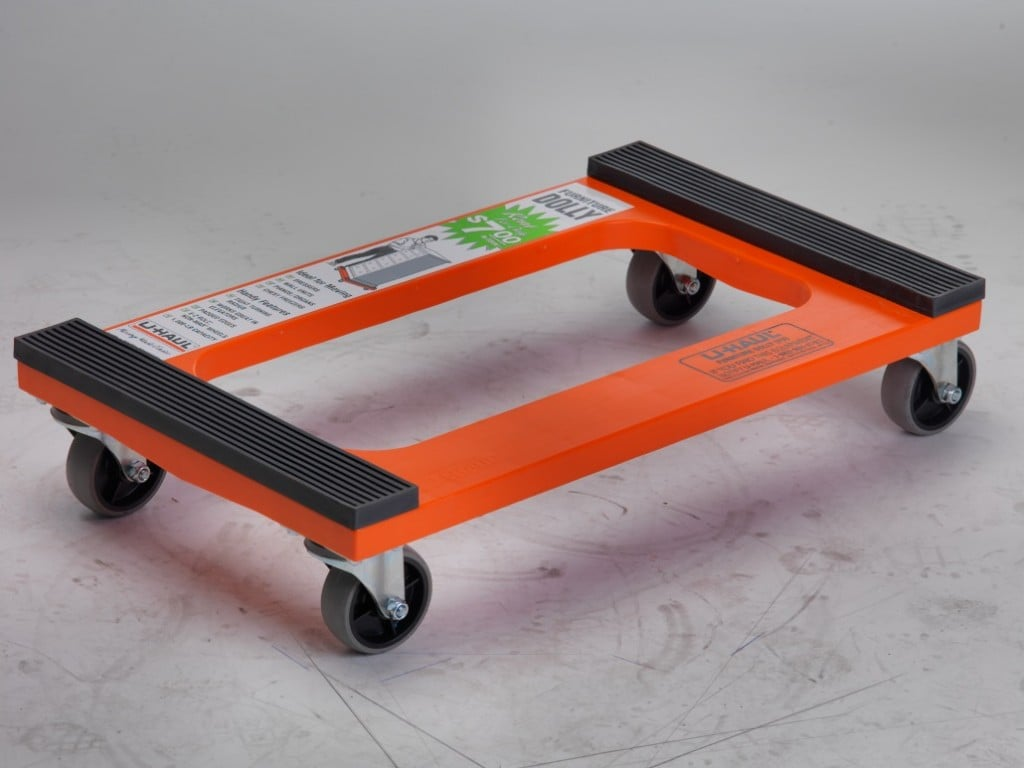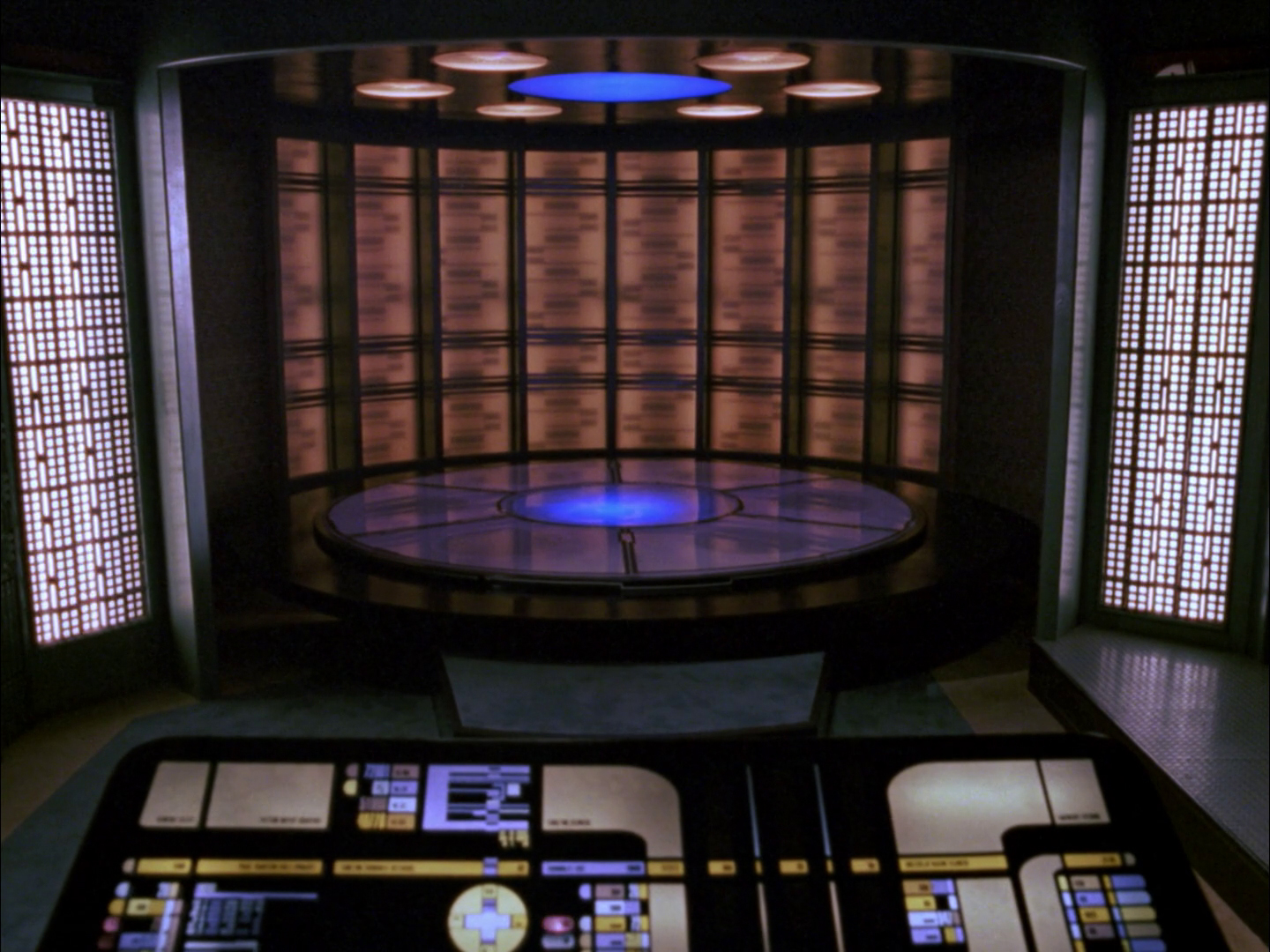Odysseus, the first US-built spacecraft to touchdown on the moon in more than half a century, is tipped over on its side, according to an update from Nasa and Intuitive Machines, the company that built and operated the lander.
The robotic lander descended on to the south polar region of the moon on Thursday at 6.23pm ET. But several minutes passed before flight controllers were able to pick up a signal from the lander’s communication systems.
As it landed, Odysseus “caught a foot in the surface and tipped” said Intuitive Machines CEO Steve Altemus, ending up on its side.
Still, the lander is “near or at our intended landing site”, he said. Nasa and Intuitive Machines said they have been receiving data from the lander and believe that most of the scientific instruments that it is carrying are in a position to work.
These engineers need to watch more BattleBots. You always build in a self-righting mechanism.
“Needs more struts” - KSP players
In this instance it needs moar boosters.
just a few strategically positioned landing legs should suffice
Jebadiah, don’t worry, we are on our way to get you. Try 36 will surely be it. This time I hope I remember to put ladders so he can climb in
Removed by mod
With the low gravity, you could install a reaction wheel to flip it and then stop when it’s upright.
Of course that adds complexity, and a high dynamic torque would need a more robust structure. Both of those things mean more weight and higher cost, both in construction and launch.
Just flip it again until it lands upright.
The average person may well scoff at the idea that we can’t land on the moon properly even though we could do it 60 years ago, but your average KSP chads are just amazed we’ve managed to actually land on the mun and not waste billions on making penis rockets that crash 10ft away from base.
your average KSP chads are just amazed we’ve managed to actually land on the mun and not waste billions on making penis rockets that crash 10ft away from base.
Bro, why did you have to call me out like that.
To be fair, the recent bunch of failed or partially successful landers have mostly been countries that haven’t landed on the moon before, or private companies that haven’t done it themselves and have an incentive to save money during the design process, or Russia, which has been letting their space program decay for some time now.
You gotta consider that when a country doesn’t do something for sixty years, that means basically anyone that actually worked on it has retired. They probably have access to more research and data but it’s probably all stored in ancient formats barely used anymore.
True, a lot of institutional knowledge gets lost. Although we have been landing probes on Mars for a good long time. I can’t imagine the level of precision and complexity required even to crash something on the moon much less land in one piece. No doubt a lot can go wrong. Maybe the lunar surface at the landing site is less even than expected or less even than mars or… Idk.
The big challenge of the Moon vs Mars is that Mars at least has an atmosphere. It’s not nearly as thick as Earth’s but it’s something and you can do some aerodynamic braking. The Moon basically has nothing; you have to use rockets all the way down.
Yes but a moon landing is fundamentally easier in most respects, while using substantially similar technology, than landing a rocket booster on earth or a rover on mars.
Landing on the moon is, as far as it can be, trivial for a group like NASA. It’s much more challenging for a small private company like Intuitive that has never built a lander before.
Mars atmosphere kills most lateral momentum during the entry and landing process. On the moon, you have to use thrusters to kill it, but not too much or you’ll be moving laterally the other direction. Makes it easier to have too much momentum and trip your landing struts.
You can also use parachutes on Mars. You might not even use landing struts and just land flat on the belly.
I find it funny this comment got upvoted more than mine. I am a guidance engineer that worked at NASA on lunar lander programs, it’s literally my job to be an expert in this stuff. Modern computing has reduced propellant usage a bit and improved targeting accuracy, but we have had usable solutions to this problem since the 60s.
Atmosphere makes the problem MUCH harder because the dynamics are far more complicated and the uncertainties are higher.
deleted by creator
the word for that is:
tripped
Tipping culture is getting out of hand
“Tripping culture is getting out of hand”
FTFY
Why everybody trippin?
So Japens moon lander landed upside down, and Americas fell over. This isn’t looking too good for the future of space exploration.
Mars landers: are we a joke to you??
Sometimes: https://www.nature.com/articles/43974
Okay fine that one was an orbiter, not a lander, but still.
Need to start launching from Australia at this rate. Maybe then they’ll show up in the correct vertical orientation.
We have multiple countries sending moon landers, and a few planning to return people to the moon to start a launching pad to Mars. A few accidents involving unmanned probes is nothing to worry about.
And this one wasn’t even a country per se, but a company. Though NASA has some experiments they out on the craft.
True! Hopefully the manned missons land right side up.
I’m much less worried about human piloted craft. It’s very difficult to program complex decision making and discernment. The astronauts present in the first landers will have been intensively trained in how to avoid catastrophe and will likely be able to come up with solutions on the fly if unanticipated things happen. Still dangerous, but hopefully less so.
It will be much easier to land completely automatically once we have landing pads, radar tracking, and other infrastructure present on the surface. It’s just hard to land a robot on an airless moon with a bunch of rocks and hills and shit everywhere.
A few years back one crashed because the European team used metric and the American team used imperial. They are getting better…
AGAIN!
Because miscommunications on standardized measurements is apparently a recurring theme in aerospace engineering.
I’m in the US, I almost exclusively use imperial, but all my CAD models are metric, all my hobbies are geared for metric.
The fact that companies involved in multi-m/billion dollar endeavors can’t figure out “measure twice…”
>tries science
>uses imperial
???
It’s weird to me that nobody noticed earlier
You know… I think naming a spaceship (or any ship, really) after a man who took twenty years to return from his voyage might not be the best idea to avoid jinxing it.
Yeah. Should have named it Icarus or Unsinkable 2 or something like that.
Maybe they should have just gone all in and named it Titan after that one famous boat.
Can’t remember what that boat was so famous for tho /s
“Unsinkable 2 - For real this time!”
The Police were asked for their opinion and said: “Giant steps are what you take, walking on the moon.”
ACAB … including Sting.
This is my favorite Sting interview.
Should have called it Achilles then.
This certainly doesn’t sound like a very intuitive machine.
Title forgot “and they call it a success” /s
But my guess this only happens for Japan.
Wait, wasn’t this a private company? Are there two new Lunar landers?
NASA funded lander built and operated by Intuitive Machines, launched on a SpaceX Falcon 9, delivering NASA scientific payloads.
There are several! Instead of funding one large, expensive NASA mission, they took the unusual approach of funding many small and new companies a relatively small amount of money to develop their technology and attempt a landing with some NASA payloads under the Commercial Lunar Payload Services (CLPS) program.
The idea is that they know some are going to fail, especially their first attempt. The NASA administrator in charge of the program has described the strategy as “shots on goal.” These are basically startups with untested technology using “cheap” stuff instead of traditional aerospace materials because that’s all they could afford. But the payoff could be huge if they do actually succeed and they’re getting closer and closer to that! Here’s a rough schedule:
https://www.planetary.org/space-missions/clps
So yes, these are all private companies that received NASA funding to help develop their landers, but the funding was small for a mission of this scale and most the companies bid at a loss in order to win their missions.
My understanding is it’s a NASA mission but they hitched a ride on a private rocket

















